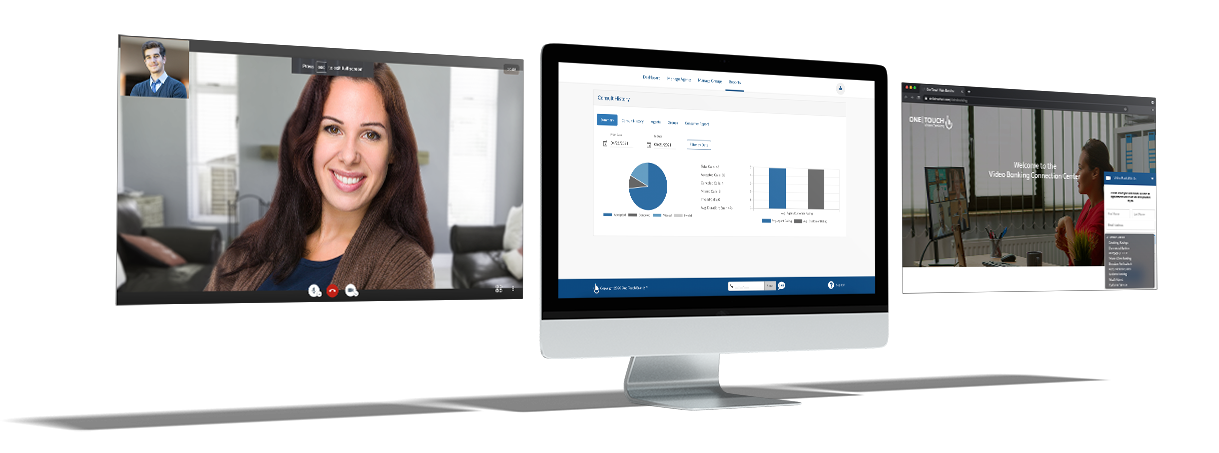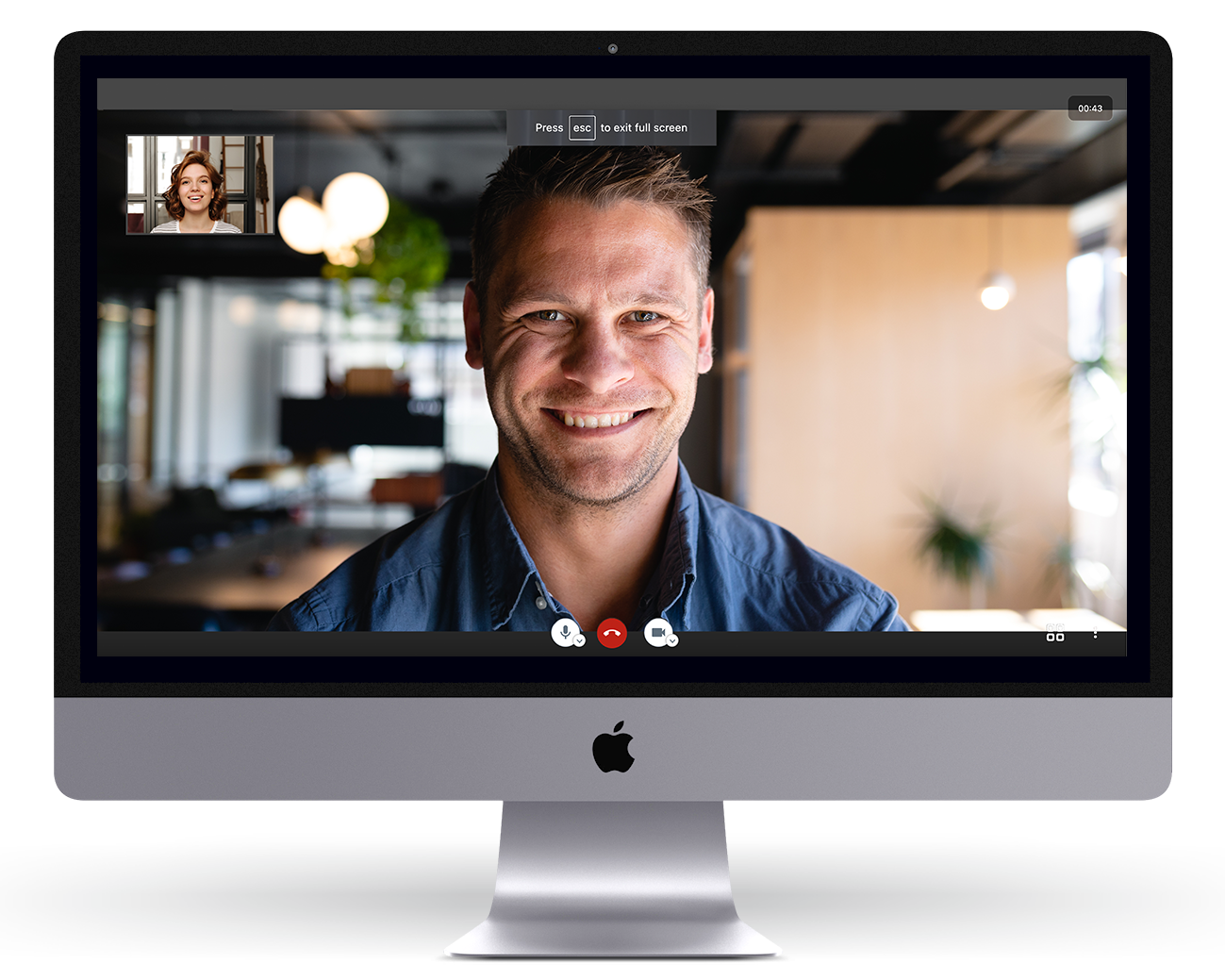Welcome to the Executive Innovation Show Podcast, brought to you by One Touch Video Banking. During this podcast hear host, Carrie Chitsey, talk with Nisa Amolis (Partner at Grasshopper Capital), Meg Paulus (Partner at Holt Ventures) and Stacey Feinberg (President at 33 Capital and Managing Director at Golden Seeds).
Nisa Amoils is a Partner at Grasshopper Capital, a securities lawyer, an anchor of Digital Asset Report and the author of “WTF is Happening? Women Tech Founders on the Rise”. She was also named one of Business Insider’s 30 Women in Venture Capital to Watch in 2018, and Top 100 Women in Fintech in 2019 by LATTICE80.
Meg Paulus is a Partner at Holt Ventures. Meg leads the investment activities for HOLT Ventures and the Holt Family Office, as well as facilitating grantmaking for the family foundation. Before joining HOLT Ventures, Meg worked at BlackRock Private Equity Partners executing venture capital, growth capital and buyout transactions across multiple industries. Meg began her career as an Equity Research Analyst at Quantum Capital in San Francisco, CA.
Stacey Feinberg is the President at 33 Capital and the Managing Director at Golden Seeds. An angel investor and venture capitalist who has shifted her focus to funding and empowering female entrepreneurs. Some of her early-stage investments include Uber, Facebook, and Zico Water.
Women in Venture Capital: Will the 2% Female Investment Ever Change? (Grasshopper Capital, Holt Ventures, 33 Capital)l: Will the 2% Female Investment Ever Change?” as we discuss:
- Carrie sets the women investment table of how large the gap is in women founders getting venture investment (quoting some great stats from Nisa’s book).
-
- Women CEO’s only represent 17.5% of privately-held businesses with paid employees.
- Of the 1500 S&P companies only 5.1% have women CEO’s.
- Female founders only receive 2% of all venture capital (with no male co-founder), around 13% if a male co-founder
- 74% of VC firms have no women, in 2018 women made up only 8% of investing partners at US VC firms
- Listen as Nisa, Stacey and Meg give us reasons why they think these numbers are dismal and what if anything can be done to change them.
- We talk with Nisa about her book, “WTF is Happening? Women Tech Founders on the Rise”. What did she find most eye-opening when she was writing the book?
- We hear tons of stories every day of the struggles and stories that women deal with a lot of BS when it comes to raising money. Listen as we talk about the stories of demoralizing meetings top women founders like the two female founders from Away shared recently in Inc magazine. Do you have a similar story? Listen as our guests advise on how to keep going in this rollercoaster of emotions.
- Where can women find people who are legitimately investing in female founders? From venture capital, family offices, and angel groups, our guests provide some good insights into the best places to look.
- Stacey Feinberg of 33 Capital talks about timing. When is the right time for you to raise capital? Listen as Stacey details what she believes women entrepreneurs should be doing to raise money.
- While there are a lot of new women funds, the number of 2% investment has not moved. Is there a systematic problem happening? Nisa explains her thoughts.
- Family offices have been known in the industry as being “more” female-friendly. Since Meg works for a fund backed by a heavy equipment dealer which is male-dominated, does she feel her family office is more female-friendly? Is she getting enough women deal flow? Hear Meg talk about how important it is to foster relationships with women entrepreneurs early on in their entrepreneur journey.
- Does early-stage investment still exist? Is the new series A benchmark of a $1M dollar ARR that is required by some venture capitalist firms too much? Nisa talks about the experience within the fin-tech space and other emerging industries that require more education to get to that number. What criteria does she have for progressive and emerging tech companies?
- Stacey talks about what she looks for at the early stage of investment besides $1M in ARR. Listen as she discusses some specific deals that were outside of these ARR requirements and what made her want to invest in these female-founded startups.
- Meg Paulus talks about how she doesn’t truly look for criteria that needs to be met. She states that she focuses on the Minimum Viable Product and if it’s ready to be piloted within their dealership. Beyond the MVP, she wants to make sure the founder is the right person for the job and they are able to get traction with “real-life” customers.
- Carrie reads a quote from Inc about The CEO of Calendly, a black founder from Nigeria, discussed his struggles in raising money for his company. She talks about the success of Calendly and how at $10 a subscription it would be hard to hit the ARR metrics. However, look at them now at $30M in ARR, what is the panel’s criteria for traction when you have SaaS companies with lower subscription amounts like this? The panel talks about the significant disadvantages that minorities face when looking to raise money. Stacey shines a light on multiple VC firms run by people of color and their efforts in funding founders who look like them.
- As always, we ask the panel what is keeping them up at night. Listen to their answers on the podcast.
Keep up Meg Paulus and learn more about Holt Ventures.
Make sure to grab Nisa Amolis’ book, “WTF is Happening? Women Tech Founders on the Rise”.
What will Stacey Feinberg invest in next? From Facebook to Zico Water – follow her investment journey by connecting on LinkedIn.
Follow Carrie Chitsey and One Touch Video Chat on LinkedIn as we continue to bring you insightful conversations about #fintech, #recruiting, and #healthcare.

What's My Video Banking ROI?
Get your custom ROI calculation using industry standards and 3rd party data.
Provide an in-person experience for your online customers. When it comes to online personal finances customers want live assistance from an expert. Being able to see that representative adds an element of trust and clarity to interactions and shrinks concerns that might otherwise stop customers from completing their transactions online
The average video banking ROI is 300%.

About One Touch Brands
One Touch Brands empowers organizations to have white-labeled video chat platforms as if they built their own, without the headaches. The white-labeled digital customer lobby can be added to any healthcare, financial, retail, and more websites within minutes. Using their proprietary intelligent routing, people can connect to the right specialists on-demand — anywhere and everywhere.

- 100% White Labeled Customer Experience
- Browser-Based
- Beyond 1:1 Video Calls

